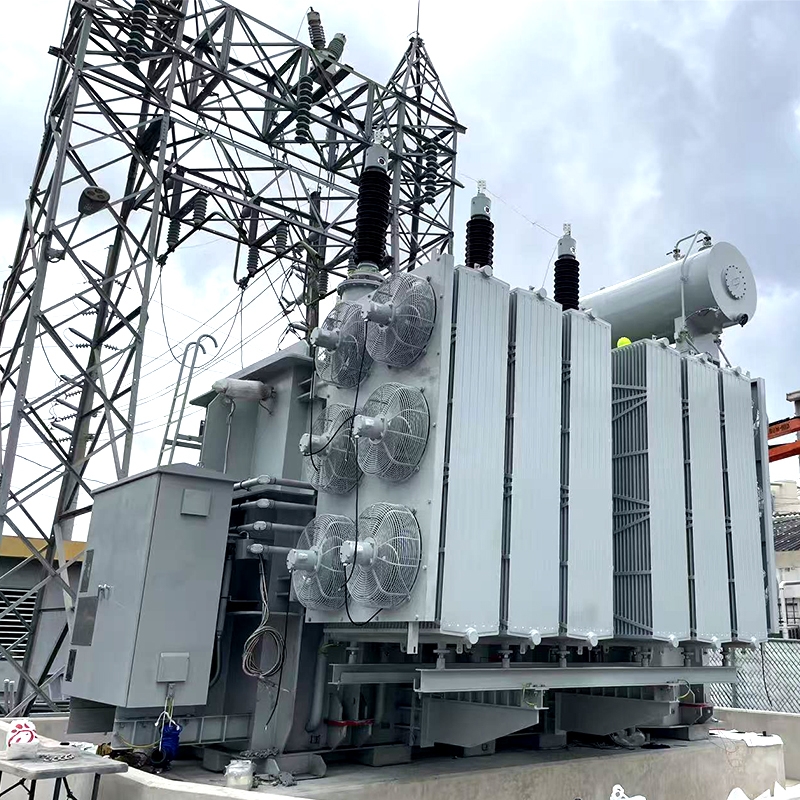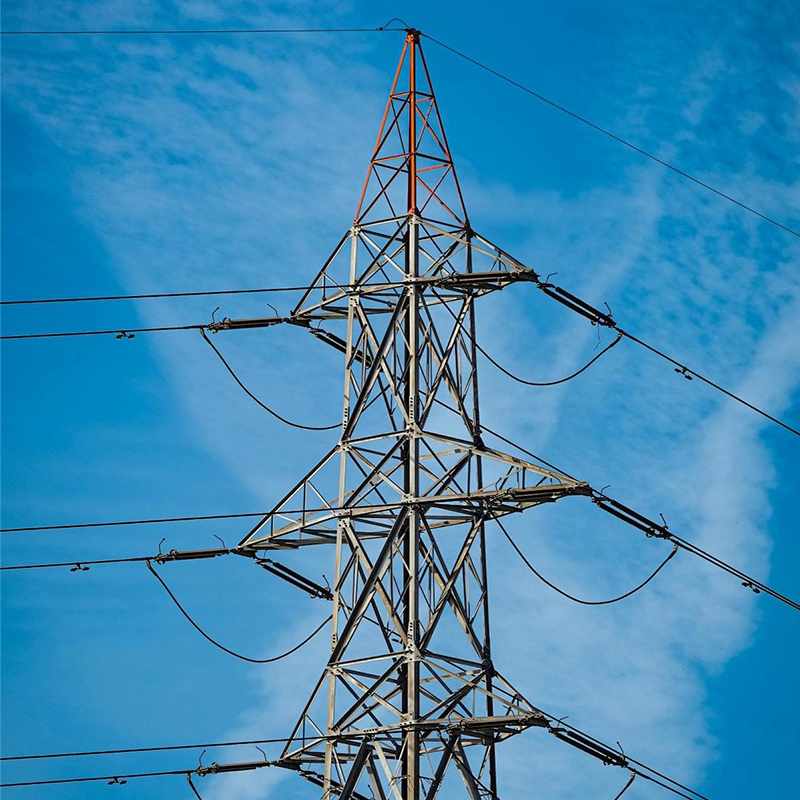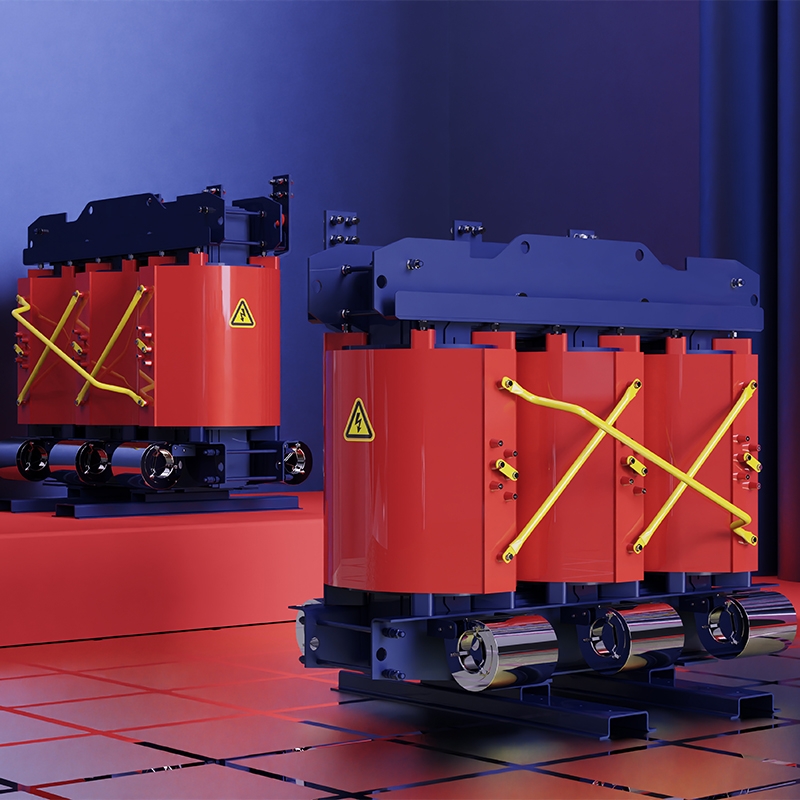Why does a transformer switch from high voltage to high voltage and from low voltage to low voltage during voltage regulation?
What is the principle behind the regulating function of a transformer tap? How to adjust a transformer tap? Changing the position of the tap is to change the number of turns of the transformer, that is, to change the transformation ratio of the transformer. Adjusting a transformer tap is actually to change the transformation ratio at both ends of the transformer.
I. Adjustment Principle of Transformer Tap Changer
Changing the position of the tap is to change the number of turns of the transformer, that is, to change the transformation ratio of the transformer. The transformation ratio K = W1/ W2 = U1/U2. It is easy to see that the branch is on the primary side. By changing the number of turns of the primary side coil and changing K, once the K value changes, under the same voltage U1, the secondary voltage U2 = U1/K will naturally change, which serves to regulate the voltage.
For example: A 6000±5%/400 step-down transformer has its tap placed in the rated voltage position chamber, with a transformation ratio K = 6000/400 = 15. At this time, when 6000 volts is applied to the high-voltage side, the low-voltage voltage is 400 volts. Now, to reduce the secondary voltage, according to the formula U2 = U1/K, K should be increased, that is, K should be increased, that is, the number of turns on the high-voltage side should be increased. The tap changer should be adjusted to the +5% tap changer. At this time, the transformation ratio K = 6300/400 = 45.8, and the secondary voltage can be adjusted to 6000/15.5 = 380 volts.
In principle, the tap can be drawn from either side. However, for non-excited (no-load) voltage regulating transformers, the tap is usually on the high-voltage side. This is because:
① The high-voltage wire of the transformer is wound around the outside of the low-voltage coil, making it more convenient to pull out the tap and connect.
② The current on the high-voltage side is small, so the cross-sectional area of the lead-out wire and the current-carrying part of the tap changer can be smaller, and the problem of poor contact is also easier to solve.
The tail ends of each phase of the primary coil have three terminals, among which two are taps. The number of turns in the middle is 100%, and the other two are 105% and 95% respectively.
There are a total of 9 wire terminals in the three phases, all of which are connected to the tap changer. If it is turned to connect three 100% terminals together, the corresponding primary voltage is, for example, 10kV. Then, if it is turned to connect three 105% terminals together, the corresponding primary voltage is 10.5kV, and if it is connected three 95% terminals together, the corresponding primary voltage is 9.5kV. In this way, due to the change in the number of turns in the primary, Then the transformation ratio changes. The number of turns in the primary stage increases, and the voltage in the secondary stage drops. As a result, the voltage in the secondary stage decreases or increases accordingly, which is manifested as the effect of voltage regulation. Note that it should be adjusted when the transformer is completely de-energized, so it is also called a no-load voltage regulating switch or a no-excitation tap changer.
The voltage of the power system varies with the operation mode and the size of the load. Both excessively high and low voltage can affect the service life of the equipment. Therefore, in order to ensure the power supply quality, adjustments must be made according to the changes in system voltage. Changing the tap is to change the coil coil. That is, by changing the transformer, the voltage is also altered, thus playing a role in voltage regulation.
How to adjust the transformer tap changer?
Adjusting the tap changer of a transformer is actually changing the transformation ratio at both ends of the transformer. Therefore, the transformation ratio can be changed simply by altering the number of coils connected.
First gear: 10500V, second gear: 10000V, Third gear: 9500V.
Turning the switch to the first position indicates that when the high voltage is 10500V, the low voltage output is 400V. Turning the switch to the second position indicates that when the high voltage is 10,000V, the low voltage output is 400V. Turning the switch to the third position indicates that when the high voltage is 9500V, the low voltage output is 400V. That is, the first output voltage is the lowest and the third output voltage is the highest.
Therefore, when a transformer is regulating voltage, it is adjusted from high to high and from low to low. That is to say, when the output voltage is too high, set the transformer's voltage regulation range to high voltage; when the output voltage is too low, set the transformer's range to low voltage.




